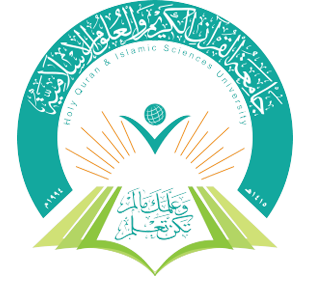The Methodology of Imam al-Haramayn al-Juwayni in His Book Al-Waraqāt
DOI:
https://doi.org/10.61821/v20i1.0187Keywords:
Methodology, Imam al-Haramayn, Al-WaraqatAbstract
The research in the book Al-Waraqat aims to show the scientific methodology that the author followed in building the fundamental issue and presenting it in his book in terms of classification, arrangement, and dealing with limits and terms and methods of presenting the issue and reasoning for it, and the book is considered an origin and an introduction to the cognitive advancement of fundamentalism.
The researcher followed the descriptive method; by inducting the methodological material, then analyzing and interpreting and linking the parties of knowledge in a way that achieves the goal of the research.
The research was organized into an introduction, a preface, two chapters, a conclusion, the most important results and recommendations, and an index of sources.
The introduction, which includes the abstract of the research, its introduction, the importance of the topic, the reasons for choosing it, the objectives of the topic, the problem of the research, its limits, previous studies, and the methodology.
The preface, which includes: defining the methodology and Imam al-Haramayn al-Juwayni
The first chapter: defining the book Al-Waraqat.
The third chapter: The methodology of Imam al-Haramayn in his book Al-Waraqat.
The most important results of the research: highlighting the author's methodology in presenting the fundamental issue in terms of classification, arrangement, translation of issues, dealing with limits, and presenting The issue And the innovation of deduction.
The most important recommendations are to pay attention to studying the methods of authorship in the basic books that are a source For those who came after them, such as Al-Risalah, Al-Burhan, and Al-Mustasfa.
Then the conclusion of the research, which includes the most important results and recommendations.
Downloads

Downloads
Published
Issue
Section
License
Copyright (c) 2025 Journal of the University of Holy Quran and Islamic Sciences

This work is licensed under a Creative Commons Attribution 4.0 International License.
©This article is an open access article distributed under the terms and conditions of the Creative Commons Attribution (CC BY) license



